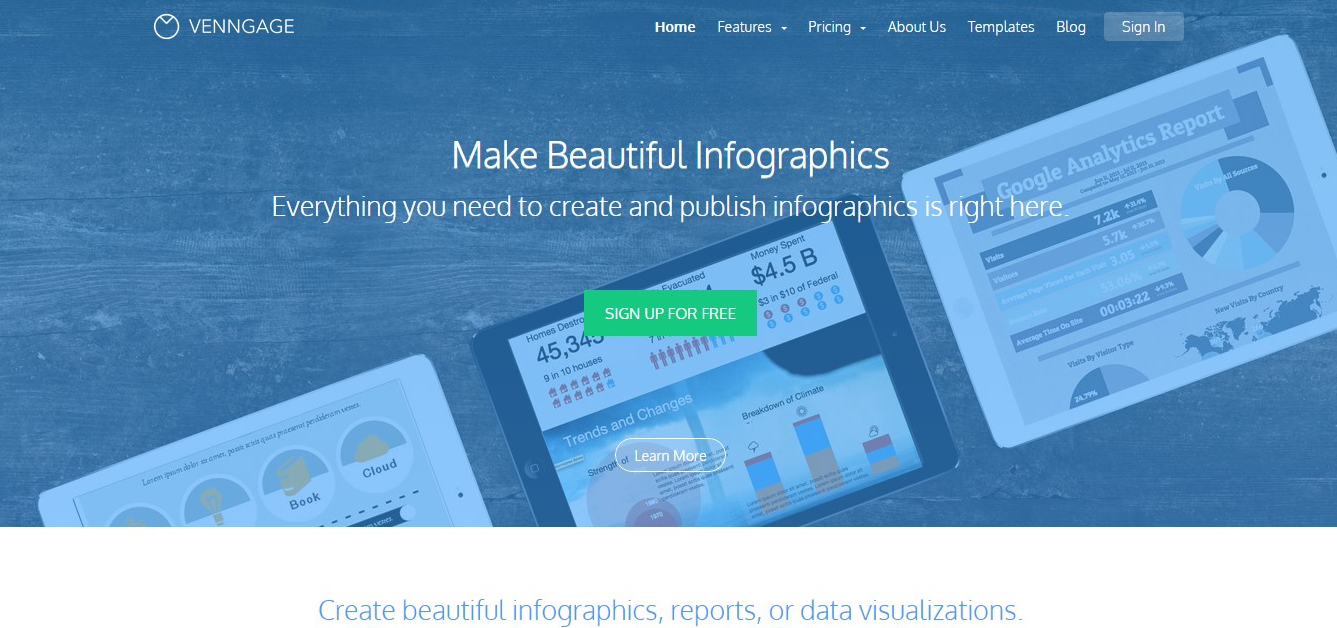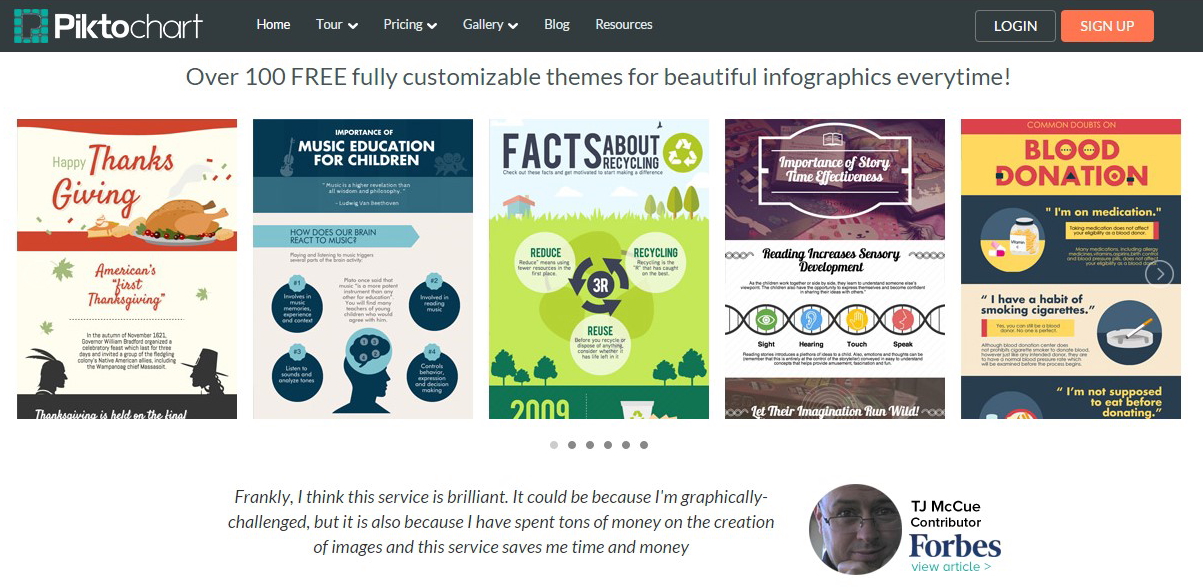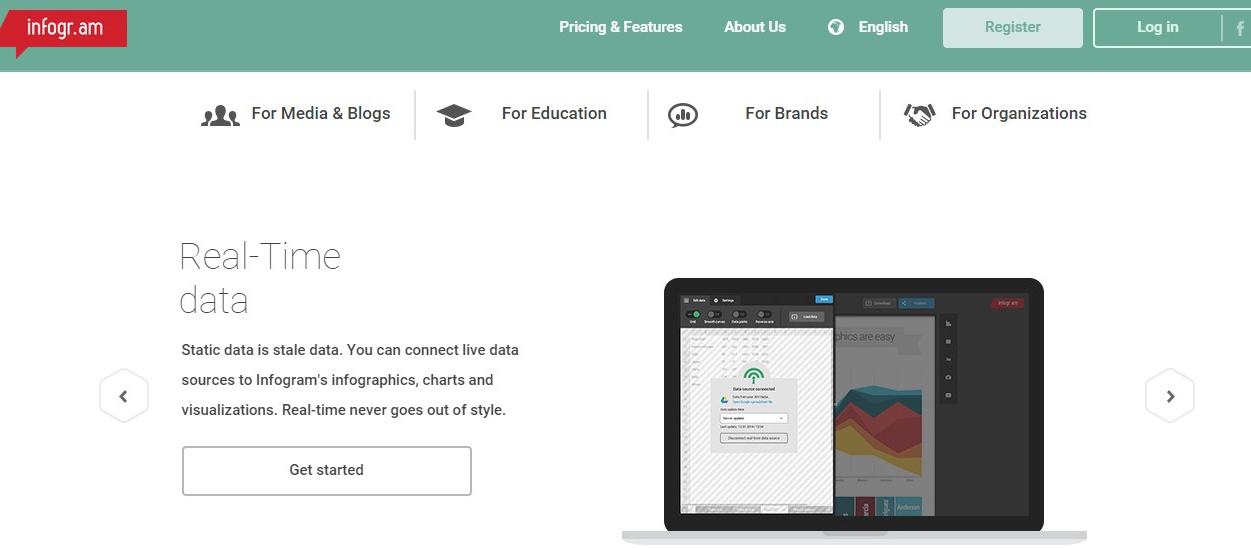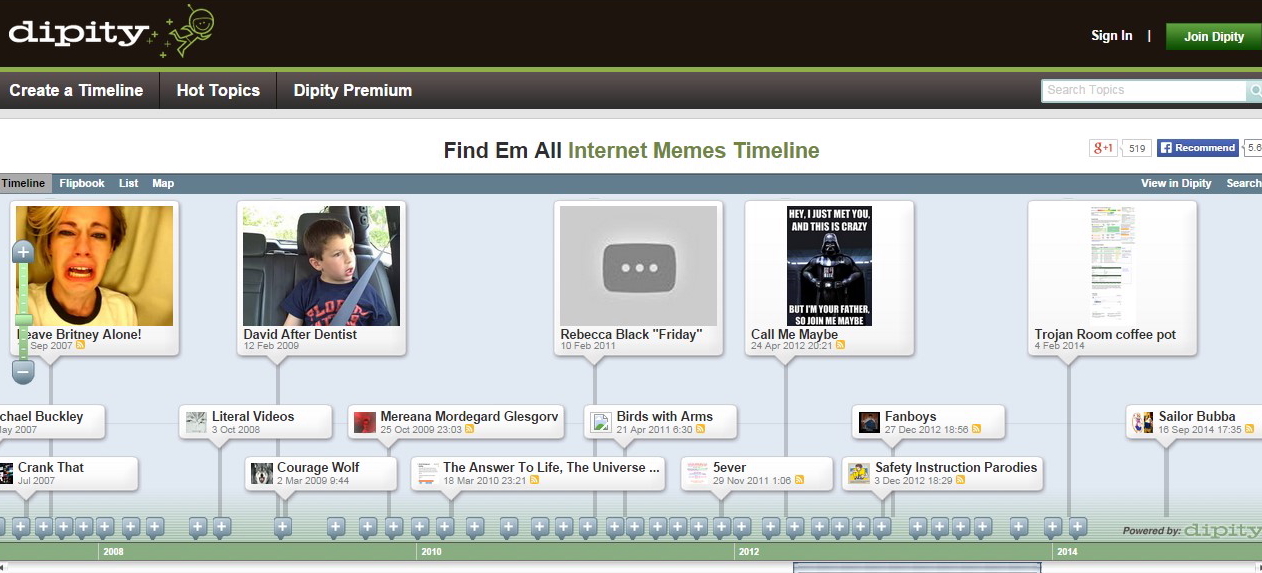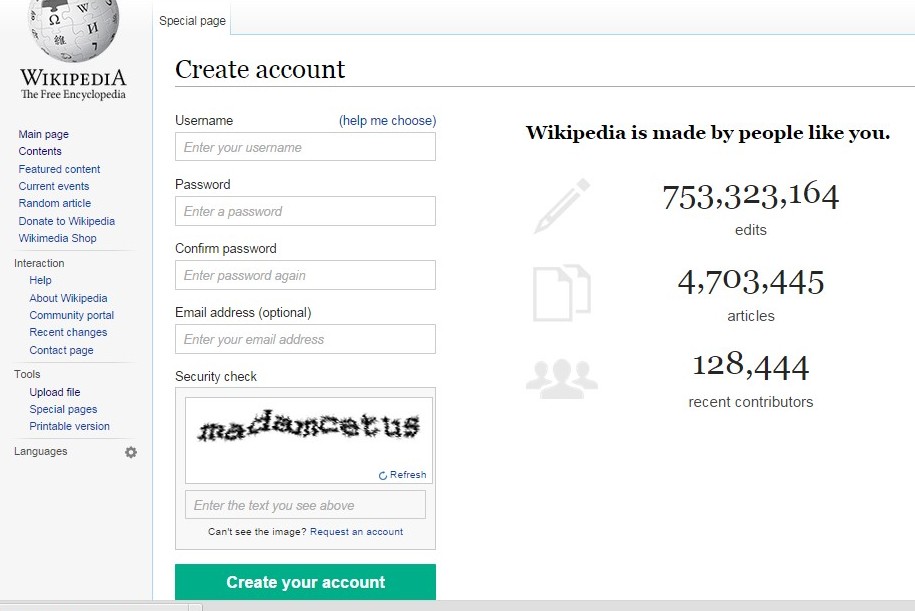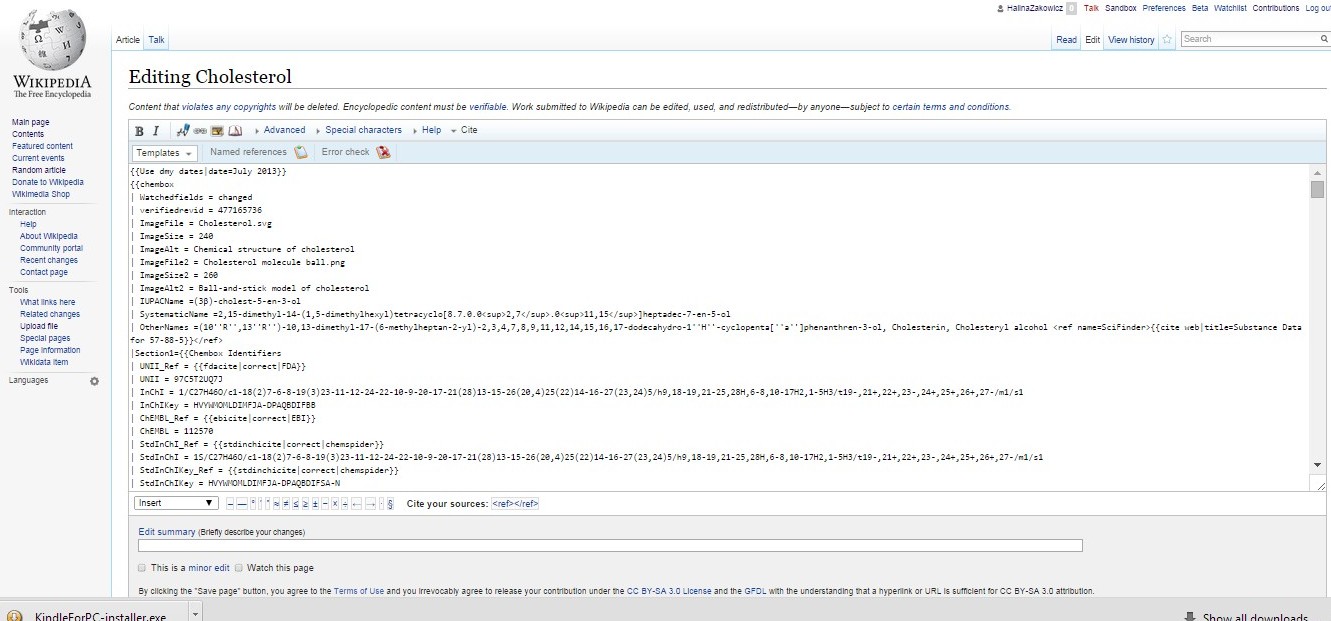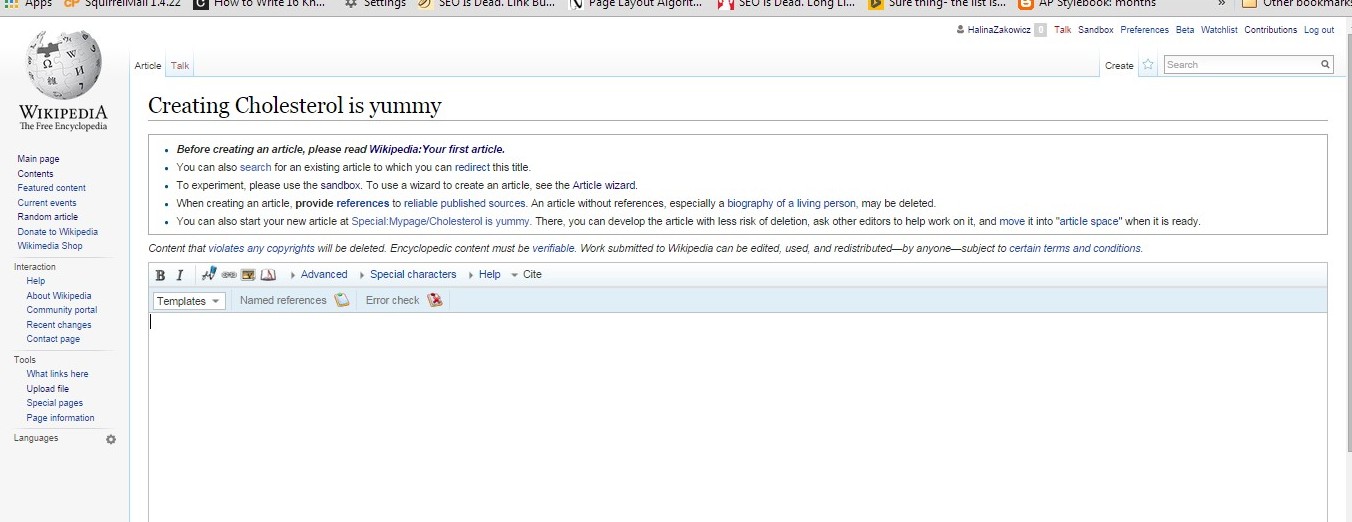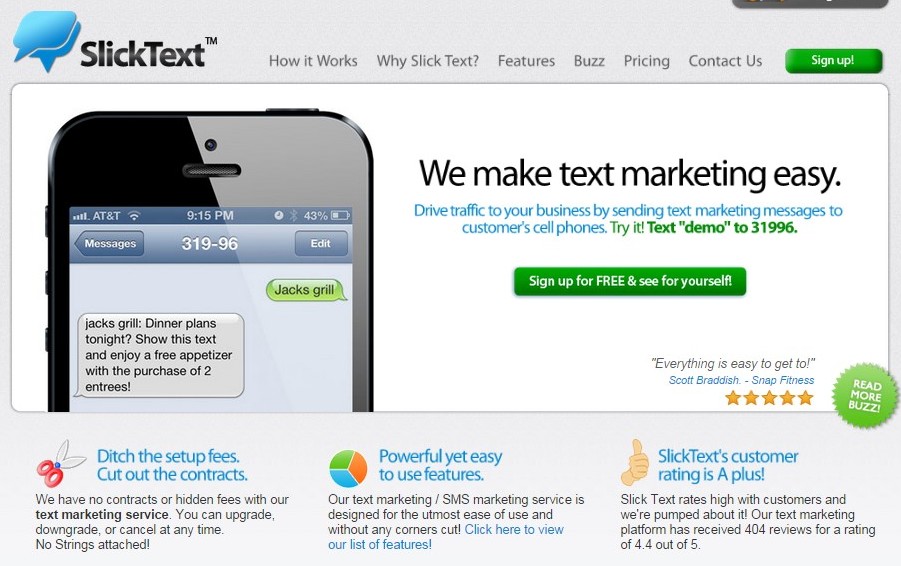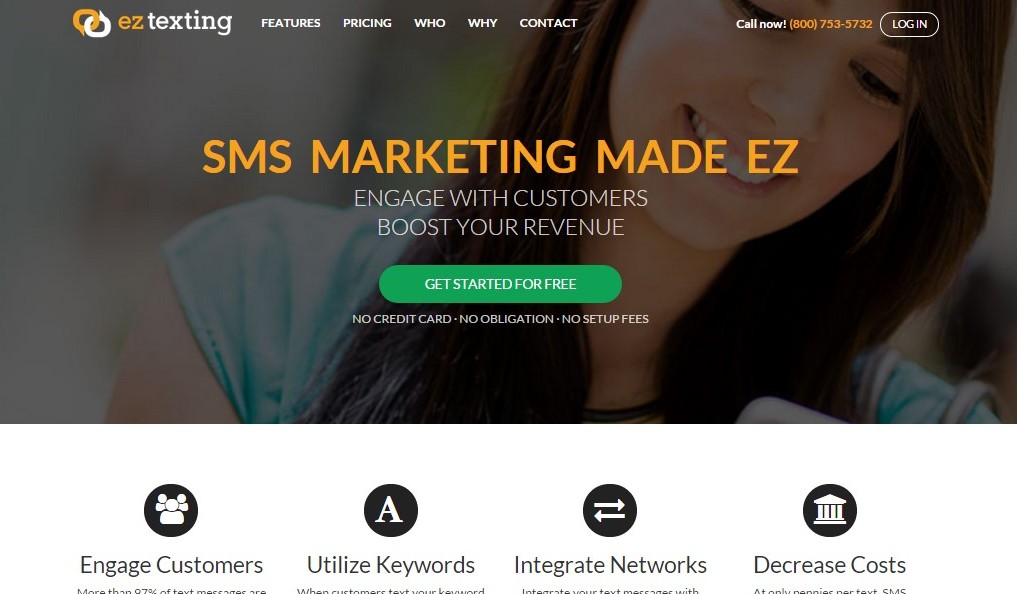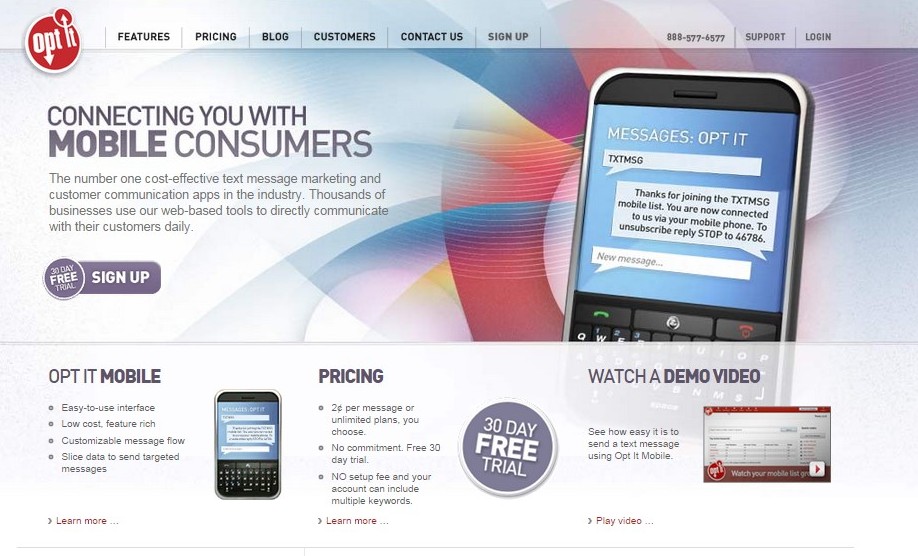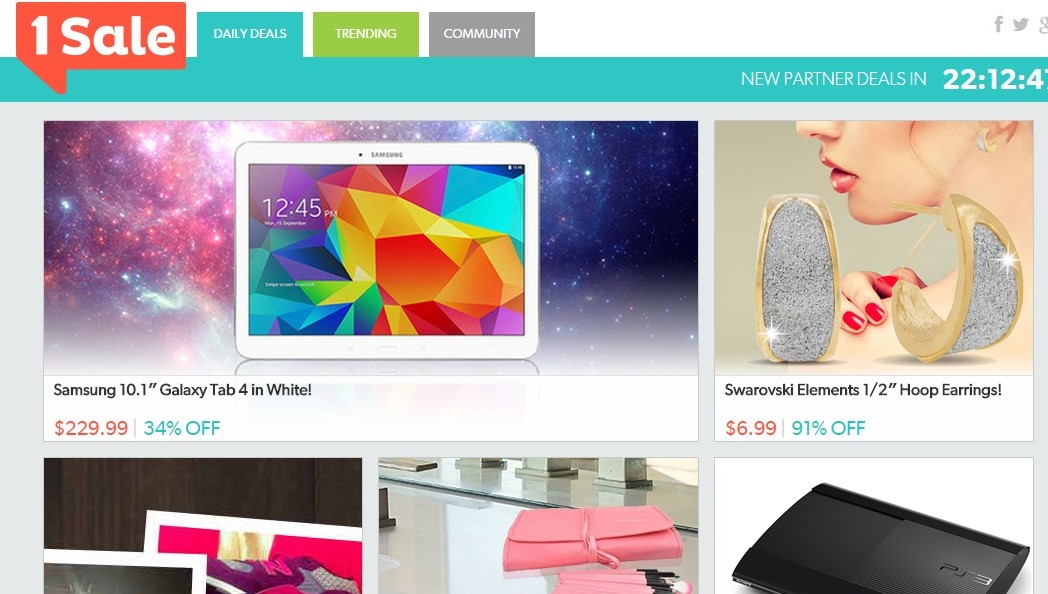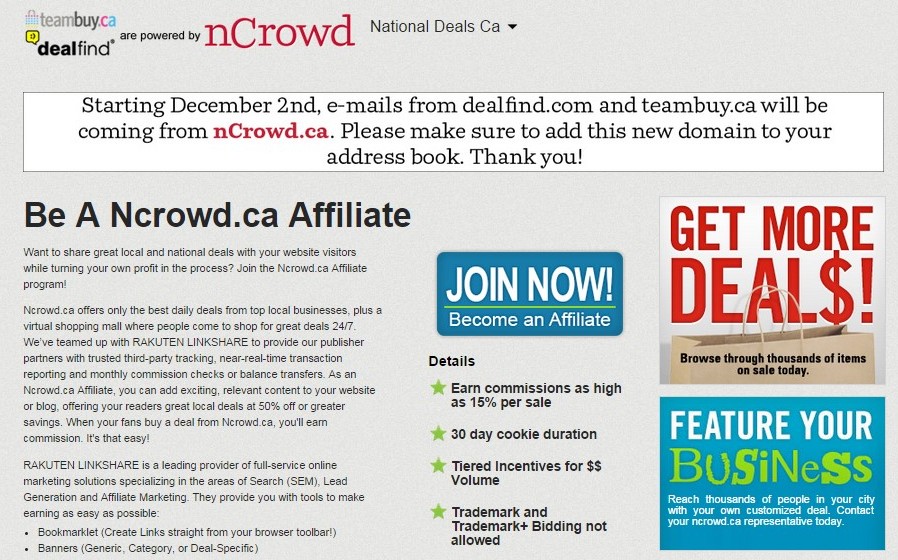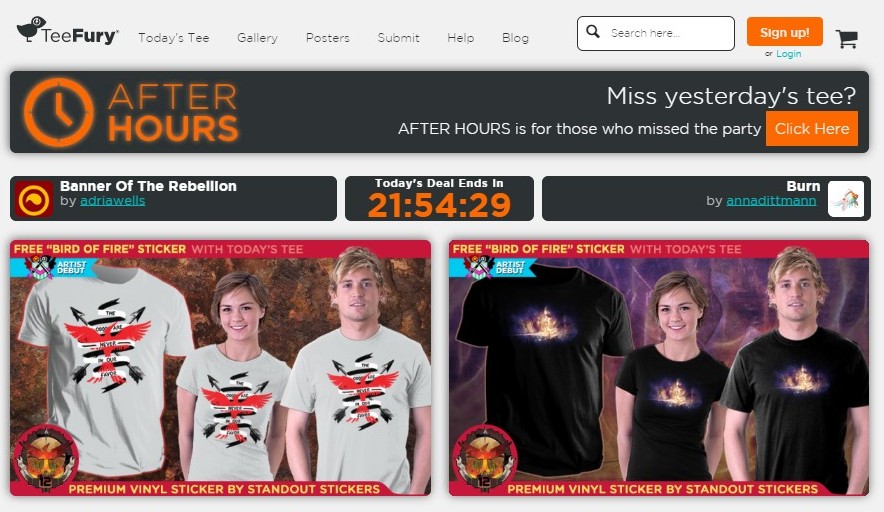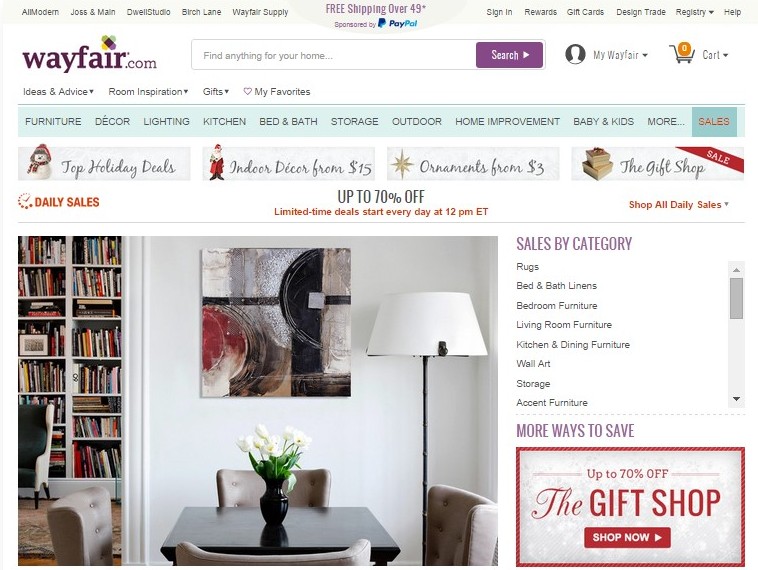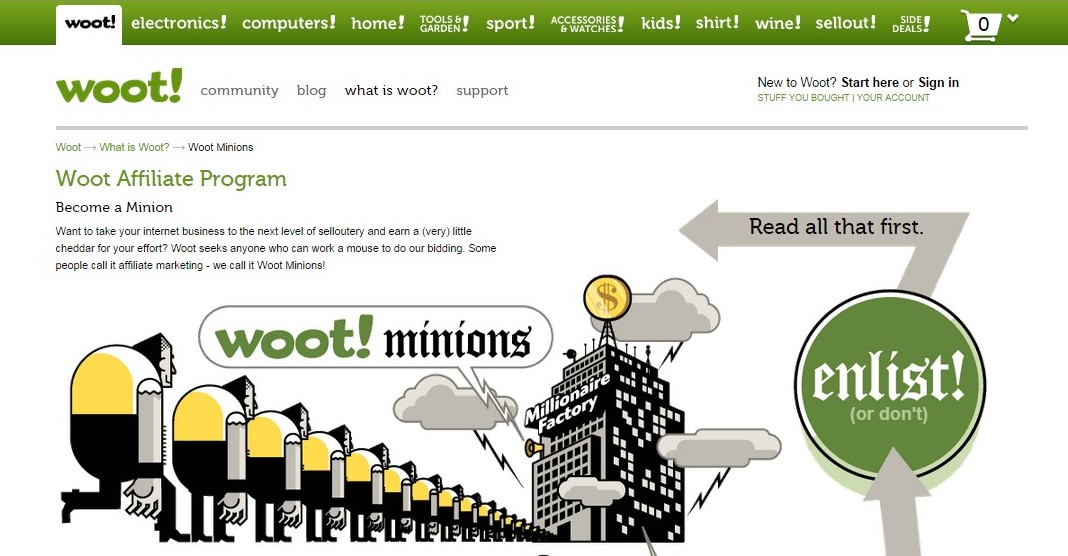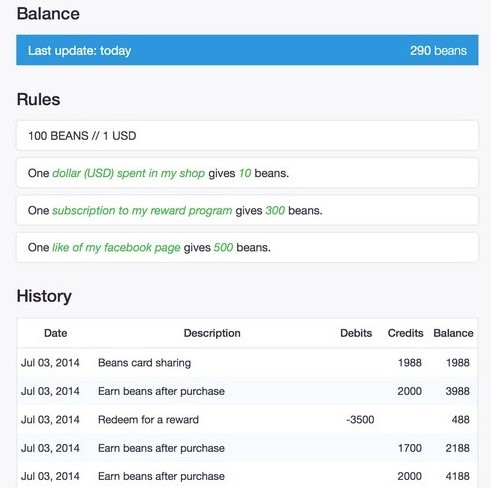A Comprehensive Wealthy Affiliate Review
Company Name: Wealthy Affiliate
Website URL: www.WealthyAffiliate.com
Founders: Kyle & Carson
Support Rank: 100/100
Community Rank: 98/100
Training Rank: 100/100
Tools Rank: 98/100
Website & Hosting Rank: 98/100
Value Rank: 100/100
Overall Rank: 98/100
An Introduction to Wealthy Affiliate
Wealthy Affiliate is my home for online business. But before I get into my personal views on the program and tell you why it is my #1 (by a considerable amount), let me give you my story.
I have been there, done that…with FAR too many products. If you are like me, you have sifted through more reviews of so-called “opportunities” than you would like others to know…and fallen victim to some of them. We all want to create something meaningful and create a business doing so…but the last thing we want to do is get “scammed” by another scumbag company on the Internet.
I totally get that.
This is why I am personally introducing you to Wealthy Affiliate (WA). Out of all the programs I have reviewed to date, this remains my highest ranked product. In fact, there isn’t a product or service that I have come across that continues to improve their service at the speed that Wealthy Affiliate does… always keeping their members (like myself) in mind.
Wealthy Affiliate was started back in 2005 by two guys by the names of Kyle & Carson. They were both affiliate marketers who had their own successful businesses online before starting WA. They felt they could give back and they were off and running with WA.
Since then (9.5 years later), it has evolved into the highest reviewed and acclaimed platform for creating and growing a business online. I can honestly say that I owe a good deal of my success to the Wealthy Affiliate community and I have been a part of this amazingly helpful and supportive community for close to 6 years now.
That is why I am biased. When I see something that is working for 1,000’s of others and is working for me, I tend to recommend it. In fact, I recommend it to my friends and family members who are looking to create a business online and my wife just left the rat race to start her very own venture online too.
I am very critical of any product or service online so you can best bet, every corner or WA has been explored in my 6 years. If there is a fault I will be sure to tell you. There isn’t….other than the fact that this Internet business stuff is highly addictive and so is the helpful, state of the art community at Wealthy Affiliate.
First, What Can Wealthy Affiliate do for YOU?
I get this question all the time.
“What exactly can Wealthy Affiliate do for me that other programs cannot?”
To be honest, that is a fair question and one I want to really dig into and explain here. Like you, I do my due diligence before investing any time or energy into something (in all aspects of life) and if it is not worth it, I want to know before hand!!!
There is an endless amount of crap out there in the opportunity world, a myriad of scams, and if you are like me, you have likely been slapped in the face by a scam or two (or ten) over the years.
That is one of the main reasons I created this site. To help folks avoid scams and to really show people the door to real opportunity and programs that can help. That happens to be Wealthy Affiliate.
Here are the main differentiating factors that make WA truly different than the REST of the stuff out there.
- All inclusive. Everything you need is all in one place…finally. No upsells, no buying crappy ebooks and PDF’s. This is an education platform with all the tools you need to run your business, all the websites/hosting, all the support/mentoring, the training, and community you need to create and grow a business. No more buying “part” of the puzzle.
- They care about YOUR success. These dudes care, but not just that, this is probably the most helpful “pay it forward” community I have ever been apart of. It is evident that this sort of passion for helping others starts at the “top” and it will be evident the second you step foot into WA.
- They have been in business longer than any of the “other” guys. Something that says a lot about a company is how long they have been in business. WA has been in business since 2005 and continues to grow. I have seen almost every other company in this industry fail with their “churn and burn” products while Wealthy Affiliate continues to not just stay in business, but get better every day.
- The community is second to none. You ask for help, you can expect it. There are MANY different ways that you can get help within WA, from the instant live chat, to the question and answer platform, to leaving your questions right within the training lessons. Expert help is there when you need it.
- They continually improve their service, for no extra charge and ZERO upsells. Wealthy Affiliate is getting better with each update they make (there have been many major updates this year). I know they have big plans in the year ahead, they are constantly letting the community know about upcoming innovations and improvements that help folks like myself (and you) improve business.
- It is very ACTIVE. In fact, on any given day there are thousands of people in the community that are getting help, offering help, and connecting within the members area. This energy is nice to see and makes every day an exciting one!
- They make things S-I-M-P-L-E. As soon as you join WA, you are put through their world class training. They have spent years refining their training so that it is easy to understand, even for a newbie…but it covers concepts that are complex in a way that absolutely anyone can accomplish them. That is why ANYONE can create a business online, with the simple and easy to understand training.
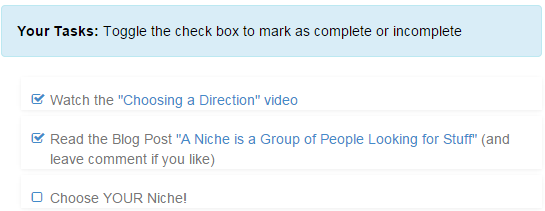
Here’s an example of the easy to follow, actionable steps. Complete these and you’re well on your way to building your business.
- They understand technology. Wealthy Affiliate is not just a “website”, it is one of the most sophisticated platforms in the industry. This sophistication is something that I feel makes it much more trustworthy. It is secure and they really do push the envelope with what can be done with technology, making your life easier. In other words, they do the hard stuff and make things that are typically difficult, a breeze. Take building a website as an example!
- The Website platform is brilliantly simple, yet very powerful. When I built my very first website, it was an absolute nightmare…but that was before Wealthy Affiliate’s SiteRubix website platform. It is easy peasy to get a professional looking website up and running in minutes, not hours or days. Fully hosted as well which is a huge plus.
And you get to TRY before you BUY. You don’t have to part ways with a single penny to get access to this program. Wealthy Affiliate believes in their product/service so much that they are willing to give you access to a significant amount of it for NOTHING.
The Price of YOUR Success
Wealthy Affiliate is completely FREE to get a Starter account with (you can join here). I am not talking some lame, unsubstantial and useless free account. I am talking REAL training, REAL community access, REAL support directly from uber successful marketers, REAL websites, REAL hosting…you name it. You will actually be building your online business with no strings attached – NO OTHER company in the industry offers this.
Think you can’t build a website? Think again. It’s as easy as filling out this form…
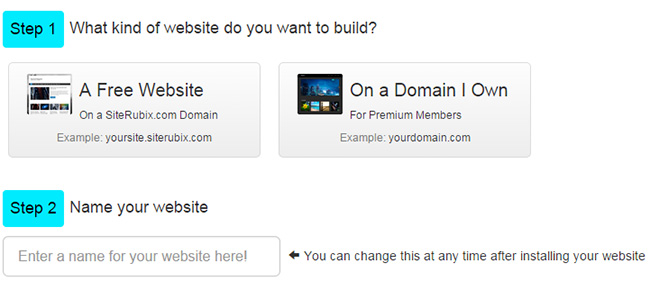
Wealthy Affiliate has a Starter membership which I like to refer to as the “foundation” building membership. It will get you up and running in any niche of your choice (take any passion or interest you want) and set you up for a long and very fruitful career in the online world.
No experience necessary, but if you have experience that is perfectly fine as well. You are going to learn how to build your business in a way that leads to long term success. This is what I like to refer as the PROPER way, and the way I have followed since I became a member back in 2007. Building my business with long term success in mind has helped me create my full time online business (and it is growing with every year).
I don’t want to discredit my degree that I spent $40,000 to get at Penn State University (go Lions!), but I invested 4 years of my life into a degree that to this day I have never used.
My full time income and my livelihood are generated 100% from online income. My house, my vacations, my lifestyle are also generated 100% from my online income.
When I say that you can get access to the community and training platform…along with all of the tools you need to create and grow a business online for FREE, I am not kidding. No catches, no obligations.
What I do want to be clear about are the two levels of membership at Wealthy Affiliate and I just want to explain them both to give you a bit of clarity.
I always recommend people try before they buy…anything (if you can). You go to the store to try stuff before you buy it all the time, why shouldn’t you be able to do the exact same thing online? You can and that is why the Starter membership is so great.
You can be inside the community a few seconds from now, starting to build your business, hanging out with myself (and even the owners Kyle & Carson) and have access to a ton of goodies without even pulling out your credit card.
These include:
- Access to Live Chat (instant help)
- Interactive Getting Started Training
- Ability to Network with over 230,000 members
- Over 500 training resources
- Two WordPress Websites w/ State of the Art Hosting
- Ability to Ask Questions 24/7/365
- Personal Access to the Owners
- You Get to Hang Out With Me (how cool is that lol)
In fact, the free Starter membership alone is better than any other paid program in the industry that I have reviewed (even the ones that cost $1,000’s). I stand behind that and I stand behind the fact that you will fall in love with the community upon getting yourself a free account.
Premium Membership – $47/mth or $359/year
There is a Premium membership as well, but unlike almost every other product in the industry there are ZERO upsells. You are either Starter or Premium, there is no in between and the Premium package includes absolutely everything you need….the “key” to the ENTIRE community.
I literally run several successful businesses from Wealthy Affiliate Premium. So are many, MANY others.
I would compare it to being my virtual office. I get my education there. I get live weekly video classes there. I get my keyword and other business tools there. I get my websites and top of the line hosting there. I get support and mentoring there. I get to network there.
One price. I spend more going to the coffee shop every month than I pay for my annual membership fee at Wealthy Affiliate. The yearly membership works out to be $29 per month…which almost makes me cry when I realize I could have had a 112 year membership at Wealthy Affiliate instead of going to College!
If you want to see the difference between the two memberships in a nice little chart, you can check it out here.

It is totally optional to upgrade and your Starter membership is a “lifetime” membership, it is not a trial. You can upgrade at your own pace and when you are ready to take your business to the next level you may want to consider Premium.
There is a Defined “Recipe” to Creating Success Online…
There truly is a RIGHT way to build a business online and a WRONG way.
I would recommend the right way obviously and that is why I want to recommend that you consider the proven way I have have built a business online as your approach. This recipe is the way 10,000’s of others (if not more) have built inspiring business in the online world and continue to build businesses.
That PROCESS is what you will learn within Wealthy Affiliate and I am going to give you a brief overview of what is really going to be involved in YOU creating a business online. There are really only 4 steps.
The part I like about Wealthy Affiliate that most other companies really miss the mark is that they have simplified this process down to a science. They have a “Getting Started” training course that walks you through the exact steps and gets you taking action on them.
Here is a quick look at the process.

The reality of it is…if you can follow directions, you can build a successful business with any Interest/Passion you may have.
No different that cooking a recipe online, you take the ingredients and you put them together in a specific way and you create yourself a beautiful meal.
Well, Wealthy Affiliate does the exact same thing but with online business. You get the recipe to success, and they provide you with all the utensils and ingredients you need to build a business… not to mention you have access to some of the most successful folks within the online world within the community (that you can ask directly for help). Myself included!
You can take absolutely ANY interest that you may have and turn that into a business.
Perhaps you may not have an interest or a passion, that is OK. You are going to be given help on how to come up with your business idea within Wealthy Affiliate.
So, today, I want to give YOU a personal recipe to success:
- Join & Get Your Free Starter Account (again, it’s FREE)
- Click the Get Started Here training button. This walks you through everything you need to know.
- Set-up Your Account Profile (image/description). This naturally leads to 4x more help with the community.
- Take action on the tasks.
- Ask ME for help if you EVER feel stuck.
That’s it.
Do these 5 tasks and right before your eyes you are going to be building a business. It’s exciting, it’s fun, and you can build a business to any level of success that you are willing to “work” for. Yes it will take work. Tt took me work, but I have no doubts that within just the first few days at Wealthy Affiliate you will achieve more than you ever thought your were capable of in the online world.
I Am Committed to YOUR Success
The last thing I want you to feel is that you are in on this whole “internet thing” alone. It couldn’t be further from the truth and I am personally committed to helping you achieve success online and to help you if you ever get stuck.
Not a day goes by where I am not interacting within Wealthy Affiliate (including Starter members), giving them suggestions on their websites, networking and building relationships with them, and helping them with the problem areas that we all run into in our journey to success.

So let’s make a friendly little deal right now. I promise to help you and commit to your success if you take action on the tasks that WA gives you and the suggestions that I give you along the way. It is a win/win. I get the opportunity to help folks (which I love to do) and you get to build a successful business online.
To get rolling is SIMPLE. Head over to Wealthy Affiliate and get your account set-up. It literally will take you a minute.
I can’t wait to work with you! And before we meet within WA, one last thing…
My Final Opinion & Recommendations (Rating: 98/100)
I never push people to do something they don’t want to do and I sure as heck am not going to suggest paying money before you try something out first. It goes against my ethics.
That is why I want you to join the completely free Starter membership, it’s $0. You don’t even have to give any credit card details, just fill out your name, email, and username. Then presto, you have access to the most “elite” platform of affiliate marketers and internet marketers in the world. You will sense the unbelievable value and the helpful nature of Wealthy Affiliate as soon as you enter the community.
Upon joining, I will be in touch with you to welcome you to the community within the first hour of you joining and if you EVER have any issues with anything or are ever stuck, I want you to promise me you will get in touch with me.
A Special Bonus if You Do Go Premium
I just wanted to throw this out there, if within the first 7 days you do decide to go Premium I am going to be offering you a bonus. I will tell you all about it when you get inside the community within my first message I send to you upon creating your free Starter account so keep a look out for that.
You will never know what you have been missing all of these years until you step foot inside of Wealthy Affiliate.
Wealthy Affiliate: The Final Score
Company Name: Wealthy Affiliate
Website URL: www.WealthyAffiliate.com
Founders: Kyle & Carson

Lastly, I want you to drop me ANY questions or feedback that you may have. Also, if you have any personal experiences with Wealthy Affiliate and you want to share them, I would love to hear them below. Simply drop me a comment and I will be sure to get back to you.
Thanks again and I hope to see you on the inside!
-Steve
IveTriedThat.com Founder



